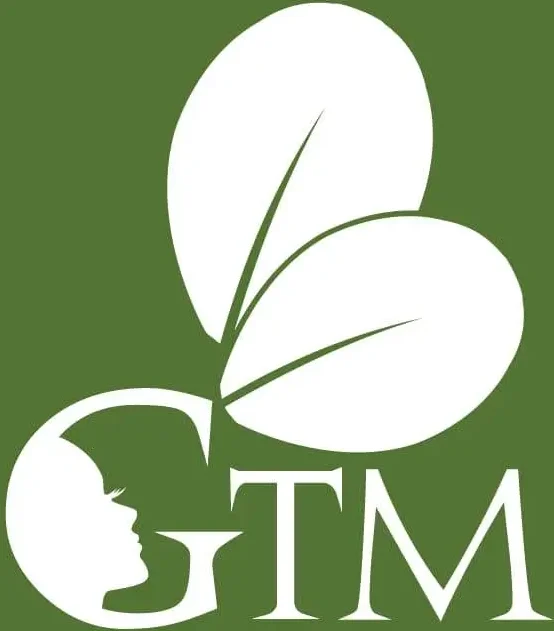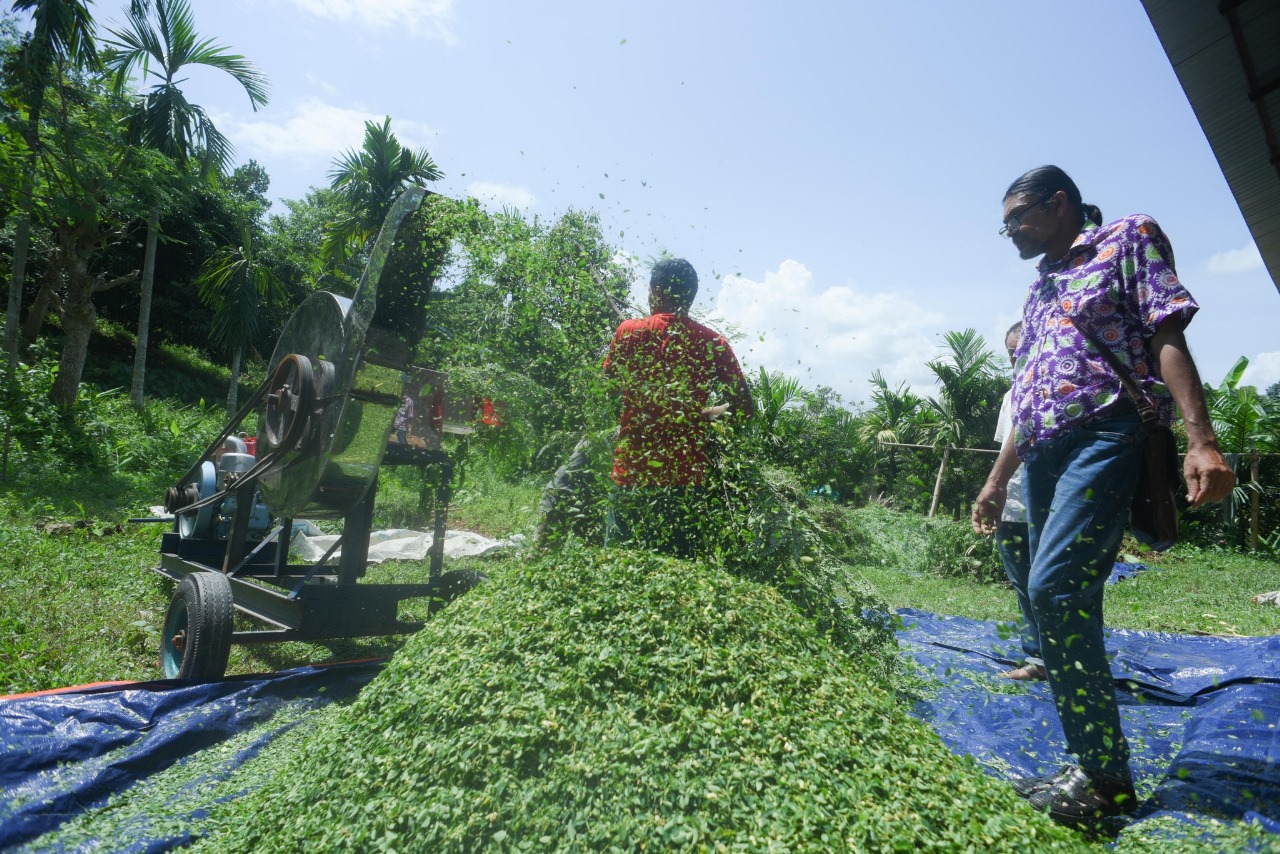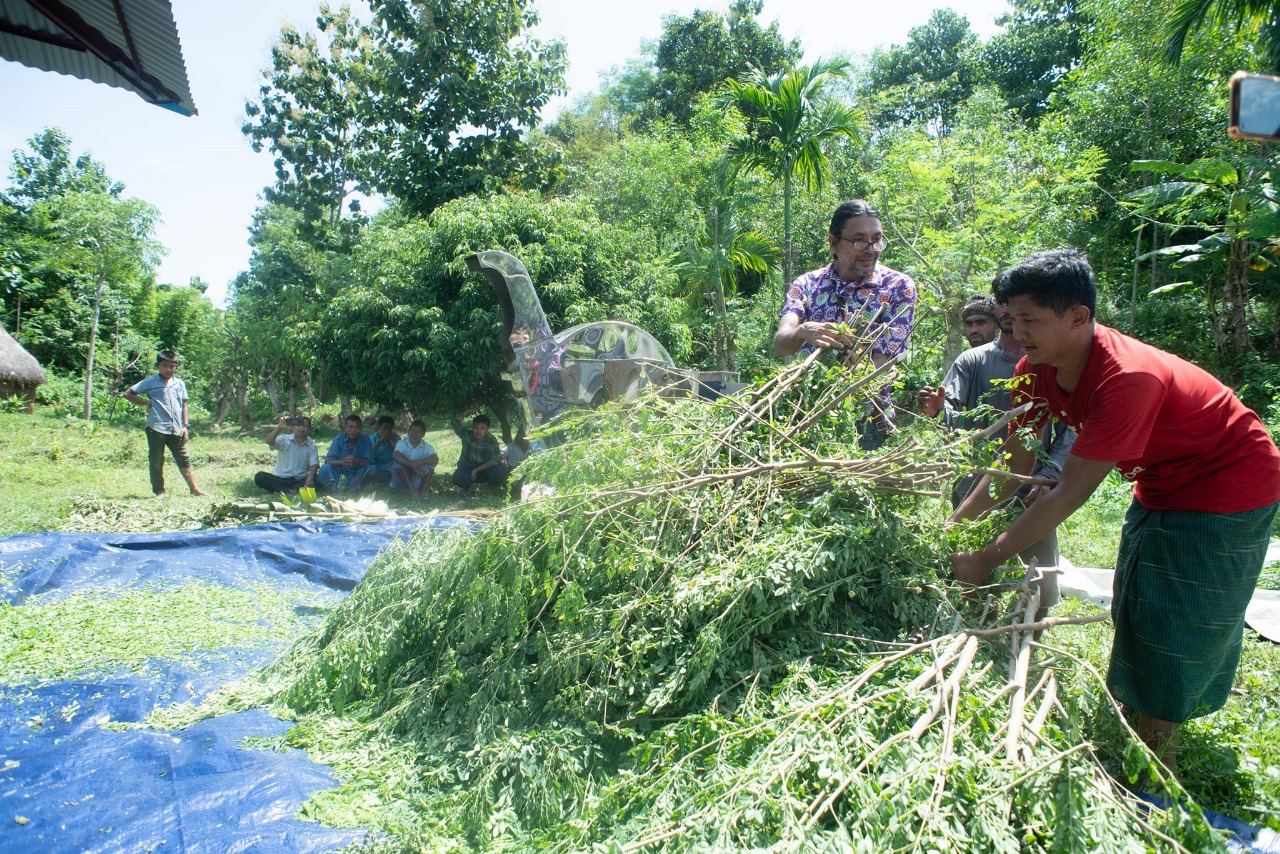What is silage?
Silage is pasture grass that has been ‘pickled’. It is a method used to preserve the pasture for cows and sheep to eat later when natural pasture isn’t good, like in the dry season. The grasses are cut and then fermented to keep as much of the nutrients (such as sugars and proteins) as possible. The fermentation is carried out by microscopic organisms living in the grass. The process must be carried out under acidic conditions (around pH 4-5) in order to keep nutrients and provide a form of food that cows and sheep will like to eat. Fermentation at higher pH results in silage that has a bad taste, and lower amounts of sugars and proteins.
Silage has been defined in various ways, but all the definitions have a common element. For example, silage is forage preserved in succulent conditions by partial fermentation in a tight container. Others indicate that silage is a feed resulting from the storage and fermentation of green or wet crops under anaerobic conditions. This is the definition we use because it incorporates all important elements from the other definitions.
Silage is the process of processing (deoxygenated) green grass/green leaves- tender branches of plants by maintaining specific acidity and alkalinity levels for long periods of time. Silage is a highly nutritious feed for livestock. Preserved silage is fed when cattle's natural feed is scarce.
If cattle are fed only grass silage or corn silage and no grain feed; Then commercial dairy and fattening farms are never feasible; This is the reality. Just as cattle must be fed grain with grass, grass silage and grain must also be fed to achieve the desired production.
However, 60%-70% less grain feed is required when Moringa silage is fed to animals, GTML moringa Silage has been tested at BLRI (Bangladesh Livestock Research Institute).


Moringa Silage
Studies revealed Moringa oleifera as a rich source of essential nutrients, protein, minerals, vitamins, and essential amino acids, with a comparatively low amount of antinutritional factors. It has been reported that Moringa oleifera consumption improves the health status, feed conversion efficiency, and growth performance of various livestock species.
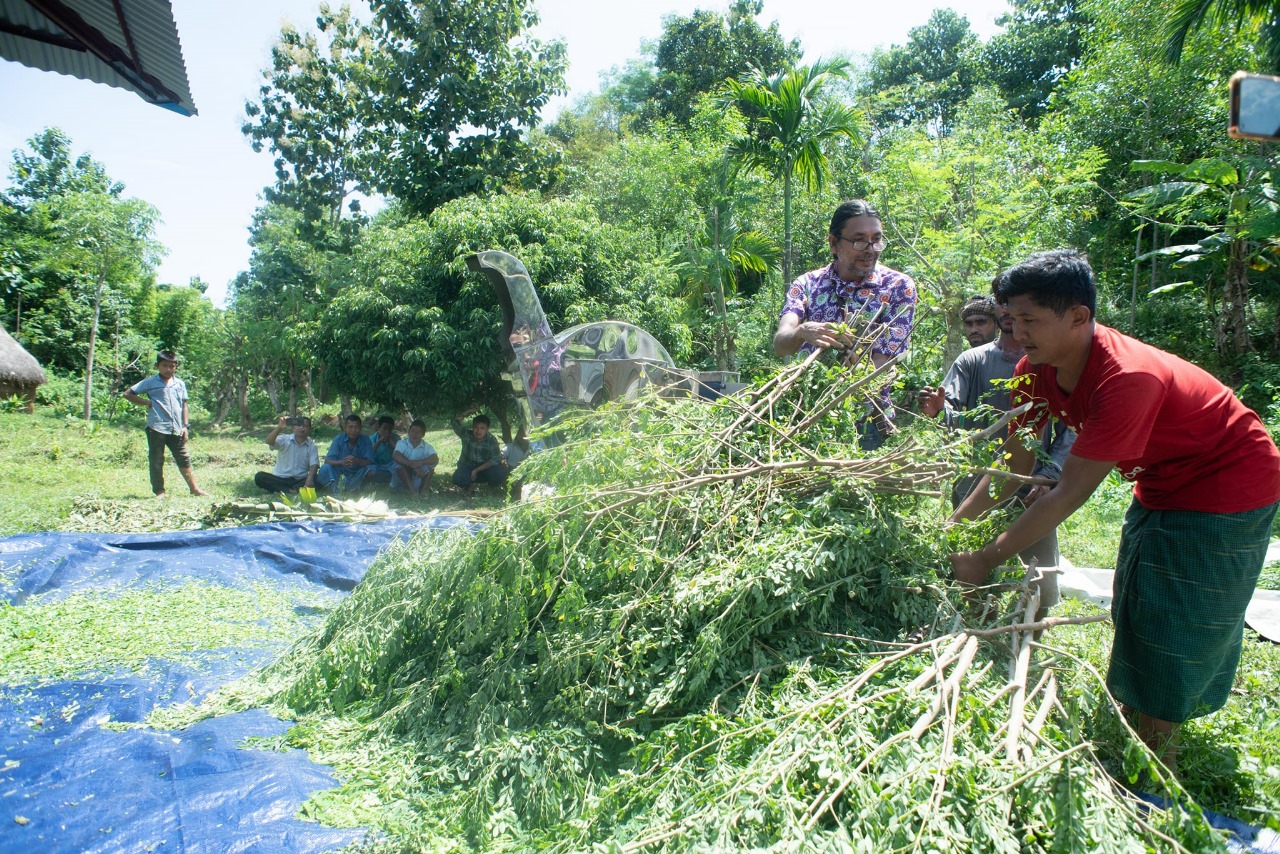
Advantages of Silage
- It is palatable, slightly laxative in nature, and provides succulent feed during scarcity.
- Nutrient loss is minimum as compared to other methods of preservation.
- Less storage area is required as compared to hay.
- It helps in biological control of pests and insects by preventing them from completing their life cycles due to early harvest of crops.
- It can be prepared in all seasons.
Research results of BLRI (Bangladesh Livestock Research Institute).
- In terms of fattening cows, the Moringa Silage diet gives about 25-35% weight gain per day as compared to other diets.
- Feeding Moringa Silage diet increases milk yield by 10-25% along with 1% increase in milk noni (cream).
- Blood cholesterol is reduced by about 50% through the Moringa diet compared to other diets.
- A daily average body weight gain of 61.00gm was observed in goats fed fresh or dry mash as complete feed (with crude protein 18.25%, ADF 34.49% and metabolizable energy 10.42 megajoule per kg).
- In goat and sheep feed management, 30% silage with dry mash of grain-based feed (with crude protein 23.5% and ADF 25.80%, NDF 38.87 and metabolizable energy 11.36 megajoule per kg) was possible and body weight remained unchanged in both cases. rate increases.
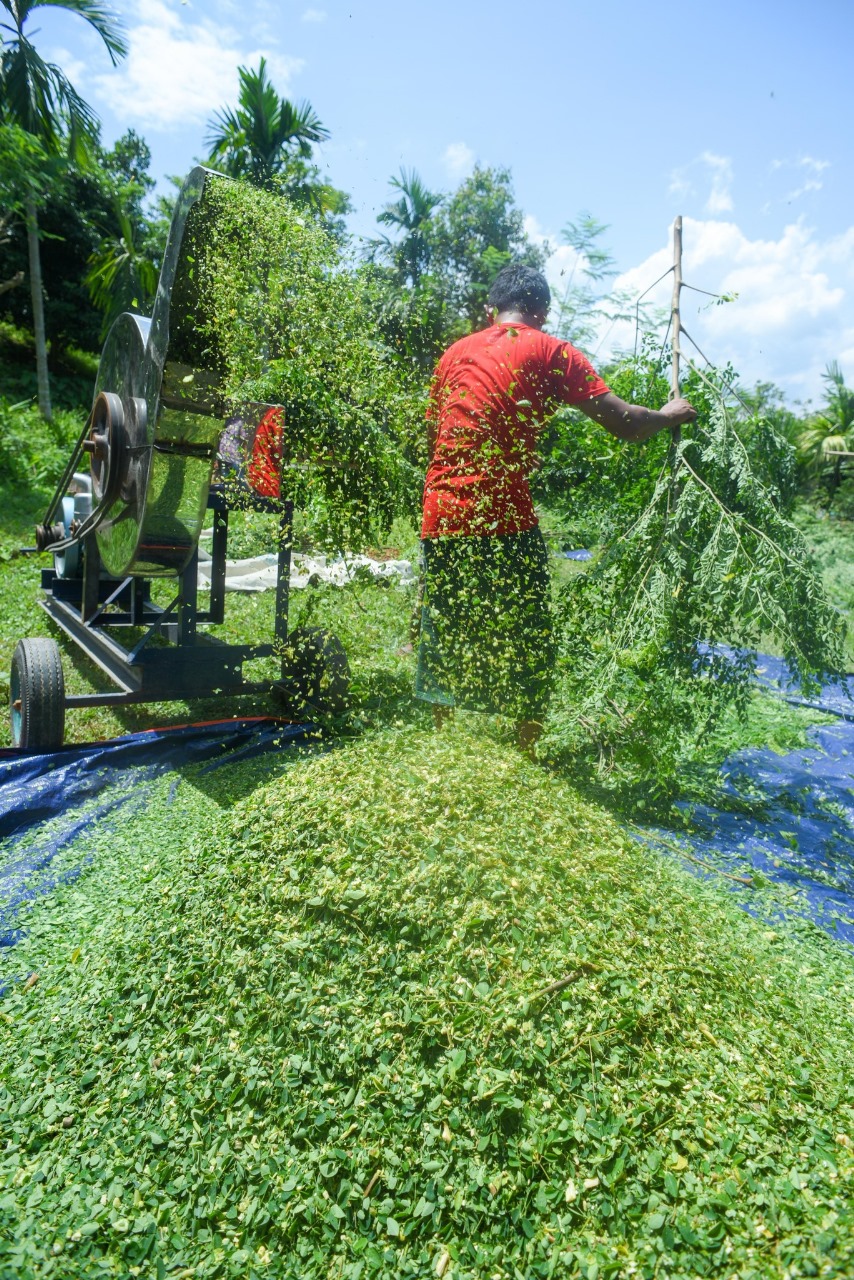
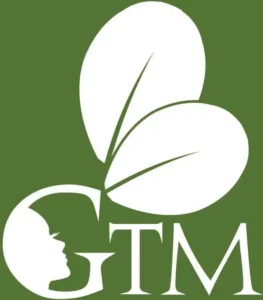
Benefits of feeding GTML’s moringa silage to cattle
- Cows do not have gas in their stomachs
- The amount of medicine applied is reduced altogether
- Food consumption is reduced.
* On the other hand, cattle fed regular food and grain food need to be given regular medicine. In this case, we can say that using Moringa silage as cattle feed reduces feed cost and ensures safe production.
